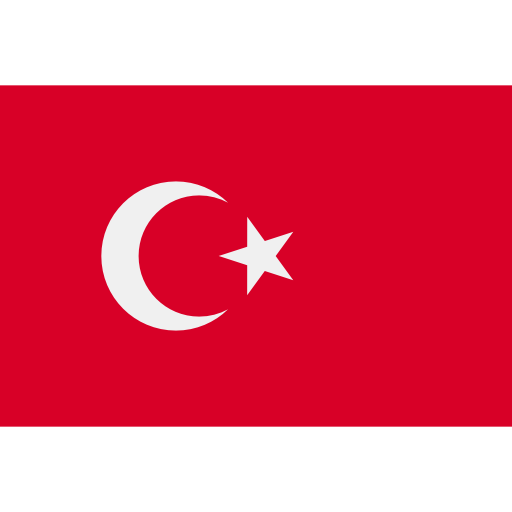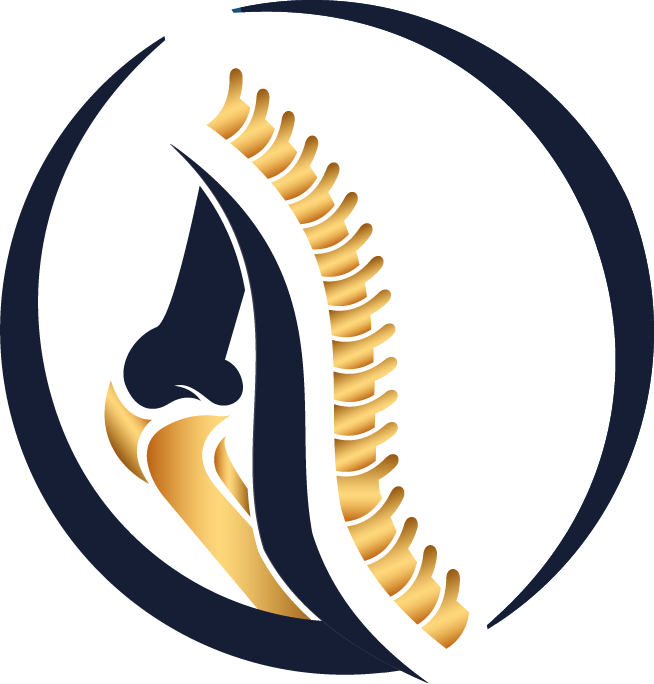Epiphysiolysis (Growth Plate Injuries)
The epiphyseal plate is also known as growth cartilage. These plates are located near the ends of long bones and allow the bones to elongate.
The blood circulation of the epiphysis is poor and injuries can damage the small vessels that feed the growth area. This may cause many complications such as limb length inequalities, growth retardation, malunion, angular deformities, and bone bridge formation in the growth plate, which can be seen in these injuries.
Growth plate injuries are most common in the wrist and ankle.
Epiphysis Anatomy and Histology
It consists of 4 regions that progress from cartilage to bone formation. The earlier the injury occurs, the higher the risk of complications.
The most common injury occurs in the hypertrophic region due to its structural weakness.
Frequency of Epiphyseal Injuries
Its incidence among pediatric fractures is between 15% and 30%. The complication rate is between 5% and 10%.
Examination Findings After Epiphyseal Injury
- Deformity
- Pain
- Swelling
- Increased pain with touch
Questioning the injury mechanism in detail will provide valuable information in the diagnosis.
Imagign
The first imaging method to be resorted to is X-ray (X-ray). Most of the time, it provides sufficient information in diagnosis and treatment. When necessary, the image of the healthy side should be taken and compared.
When X-ray is not sufficient to identify comminuted, intraarticular, displaced fractures, computed tomography (CT) can be used by adjusting the dose. MRI can detect occult fractures in patients with normal radiographs. Prevents reduction by getting stuck in the epiphysis line; It can show structures such as periosteum, ligaments and tendons.
Classification
The most commonly used fracture epiphysiolysis (growth plate injury) classification is the Salter Harris Classification. Complication rates generally increase in advanced stages (as the insertion approaches the germinal region).
Type 2 injuries are the most common.
It should be kept in mind that the articular surface is damaged in type 4 injuries. All layers are affected. In case of disintegration, fusion can be seen in the bone tissues separated by the growth plate.
Treatment of Epiphysiolysis (Growth Plate Injuries)
Child fractures heal faster than adults and require a shorter cast. Joint stiffness is less common. Angular or length difference improvement over time, which is defined as remodeling, in children is much higher than in adults.
In these injuries, cast treatment with closed intervention (manipulation) is usually applied first. If the control images obtained later meet the follow-up criteria, the patient is followed up closely. It should be checked at short intervals. If unsuitable, repetitive manipulations should be avoided. Repeated manipulations can damage the growth plate, causing growth arrest.
Especially in unstable fractures, if the decision to follow-up with cast is taken, imaging follow-up should be performed at short intervals from the patient in the early period. If a loss of position in the cast is noticed after 7-10 days, the interventions may result in growth arrest.
 Türkçe
Türkçe
 Arabic
Arabic
